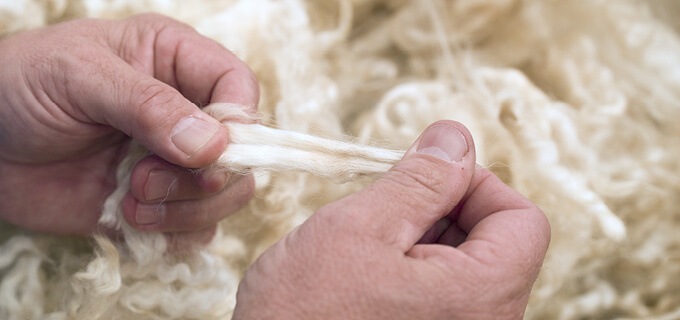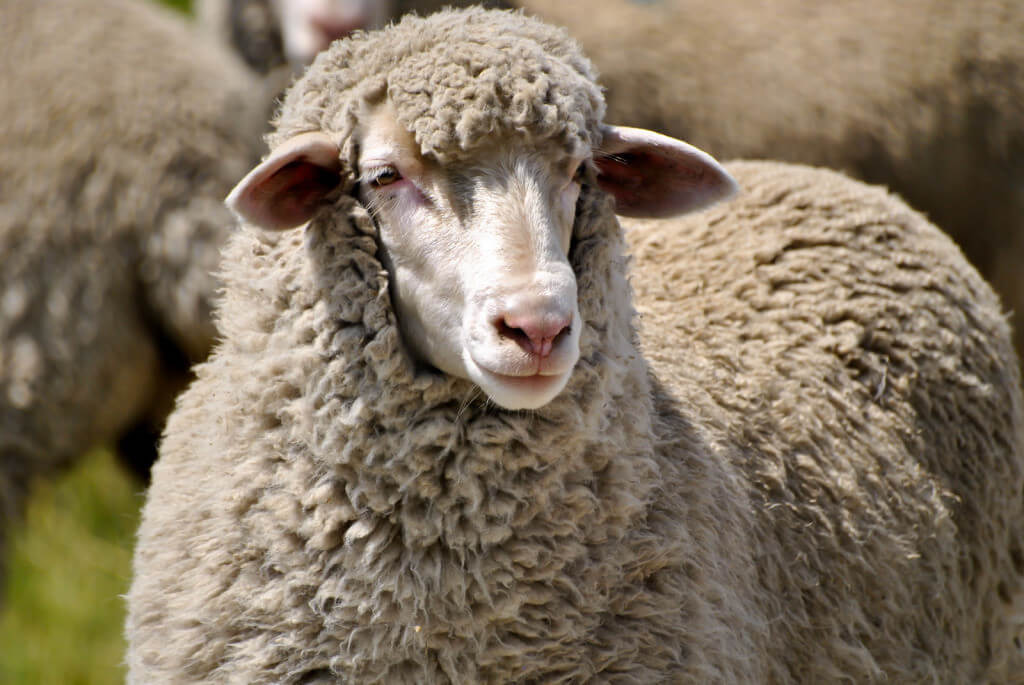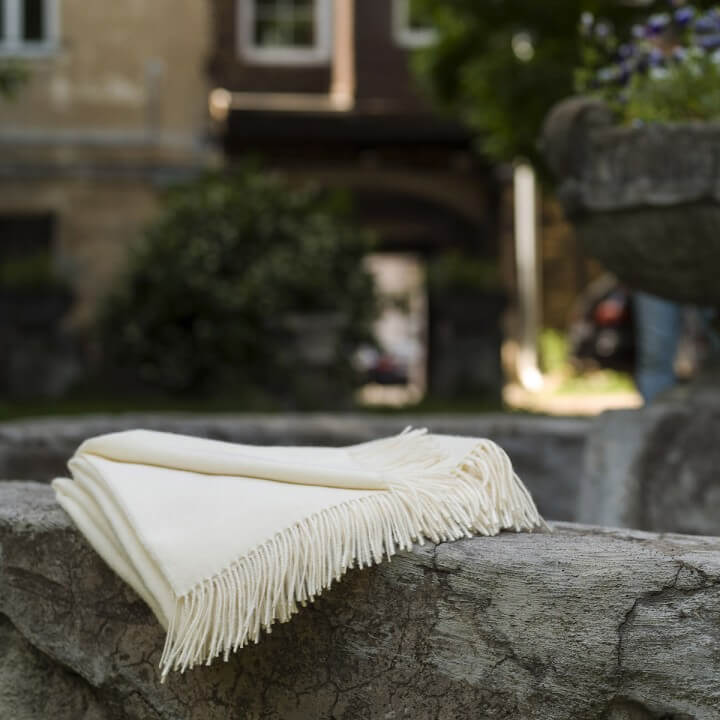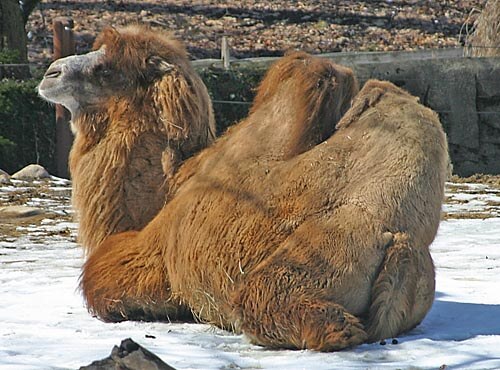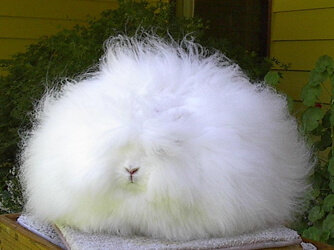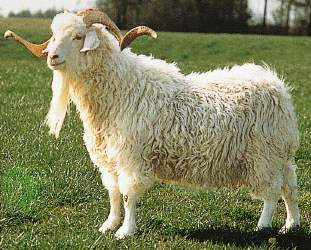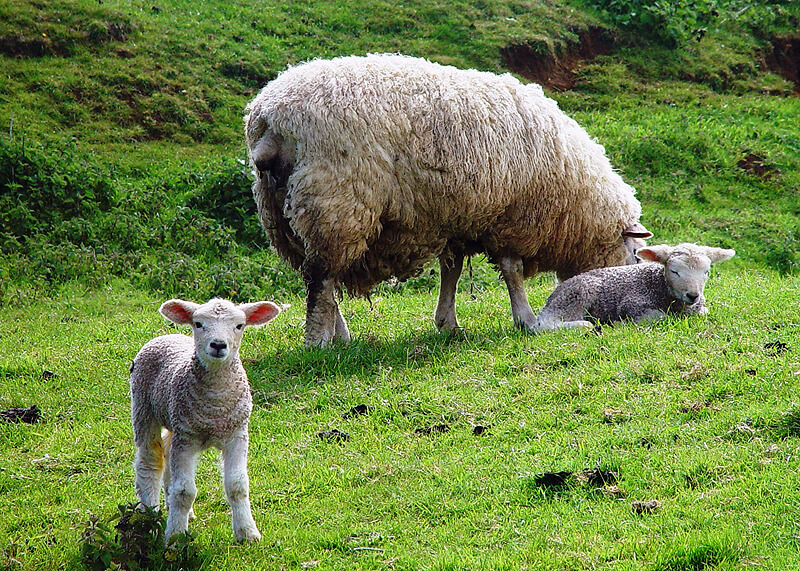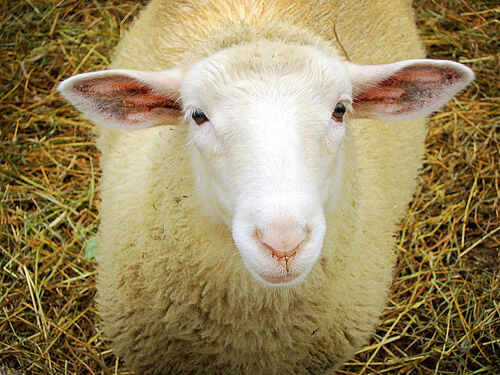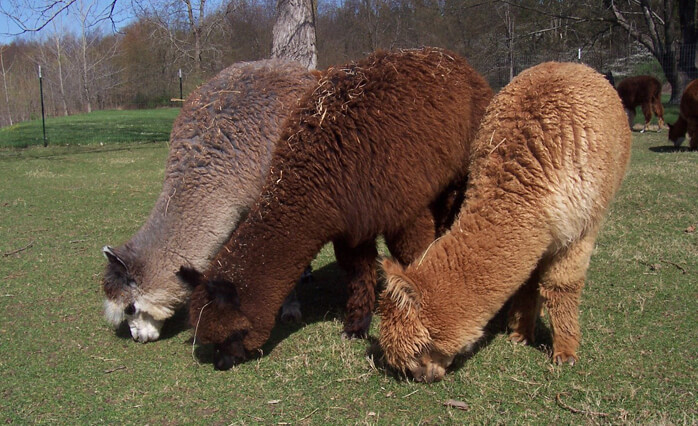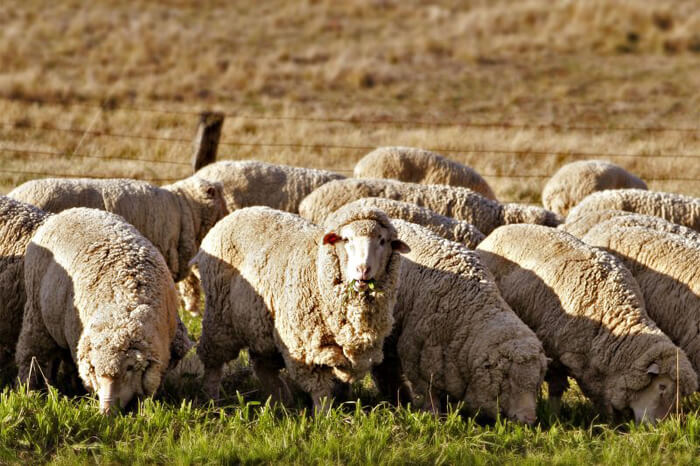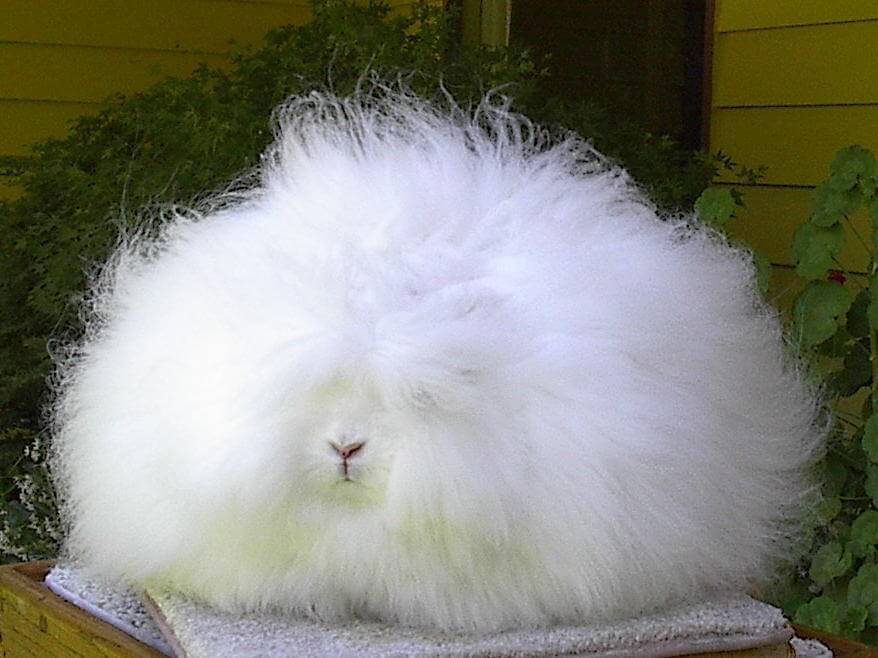Wool is definitely one of the most popular natural materials known but not many of us know the actual benefits of using wool products daily. If you have not known a lot about wool get ready for some knowledge – we are about to introduce you to wool, the durable natural material.
Merino wool is considered to be one of the finest and softest types of wool available. On top of its unique qualities merino is great for all seasons and is even considered as one of the best bedding materials. Today we are presenting you some additional info about the unique type of wool – merino.
Most of us love our wool throws so much, but do many of us know what it took to get them to our homes? Get ready to learn everything you need to know and a little bit extra about our beloved wool throws.
Camel wool and yarn and products made of camel wool are not very common in everyday life but nevertheless our overview of wool yarn types would be incomplete without it. Camel hair is an animal fiber collected from the camel. The most satisfactory camel fiber is gathered from the two-humped Bactrian camels. There are two types of camel wool – the outer protective one called guard hair, which is coarse and inflexible, and the fine, shorter fiber of the insulating undercoat.
Unlike most other wool types, camel wool is collected not by shearing or plucking but gathered as the animal sheds its coat. Both the outer coat and the undercoat are gathered at the same time, and later with the help of combing (frequently by machine), the coarse outer hairs are separated from the finer ones.
Wool of different animals is probably the first fiber to be transformed into cloth. The ability and knowledge of how to spin wool into yarn developed several thousand years B.C. and encouraged trade among tribes of the Mediterranean Sea. Nowadays wool yarn is produced not only from sheep but from other animals – e.g. camels, goats, rabbits – as well. Wool and yarn are highly valued material in textile industry.
The value of the wool yarn is based on fiber diameter (the smaller – the finer), staple length (the longer – the worthier), and density (the tighter – the better).
Lambswool is wool which comes from the first shearing of a sheep (lamb) at the age around 7 months. The fleece is 50mm or shorter. It is exceptionally soft, slippery, resilient, elastic, and has supreme spinning properties. This is the highest quality of sheep’s wool on the market.
Its soft silkiness and warmth allow lambswool fiber to be used in the production of apparel worn close to the skin. Lambs wool also has other valuable qualities – it is the most hypoallergenic of all wool sorts and resists dust mites very well, and therefore makes an ideal choice for bedding and linens. Most of woolen children wear is made of lambs wool.
Sheep wool is the fiber that is harvested from the body of most sheep. It is an extremely complex protein, which evolved through ages for the protection of warm blood animals in a great variety of living and weather conditions. Each time the sheep is sheared its wool keeps growing and replenishes itself.
Sheep come is a variety of breeds – there are more breeds of sheep than breeds of any other livestock species. More than 1000 distinct sheep breeds are grown worldwide. They come in different sizes, shapes, and colors.
Sheep breeds are classified according to the type of wool fibers they grow (fine, medium, long or carpet wool; or hair), their primary purpose (meat, milk, or wool), and/or by other specific physical or production characteristics.
Wool fiber is known for high resiliency and elasticity – it can be bent more than 20,000 times without danger of breaking or any damage.
Let’s talk about alpaca wool today. Alpaca wool yarn is a natural fiber that is harvested from an alpaca – South American camelid and resemble a small llama (see picture).
Alpacas are bred specifically for their quality fibers.
On my quest to introduce different types of wool I present you today merino wool. You’ve probably seen lots of merino wool articles – merino wool sweaters, merino wool socks, gloves, hats, cardigans or even merino wool underwear. So why such a variety can be made of this particular type of wool, what are the benefits of merino wool yarn and where it comes from?
Merino is a breed of sheep, famous for its widely used wool. Merinos are considered to have the softest and finest wool of any breeds of sheep. This is how the merino sheep look like.
I decided to go to the very basics and introduce different wool and yarn types. Today let’s talk about angora wool. Did you know it comes from an angora rabbit? Most people think angora is yarn of some goat or sheep. No way. Angora yarn is produced from downy coat of this adorable rabbit!
Angora wool can only be spun from the hair of Angora rabbit while yarn made from Angora goat is called mohair.

